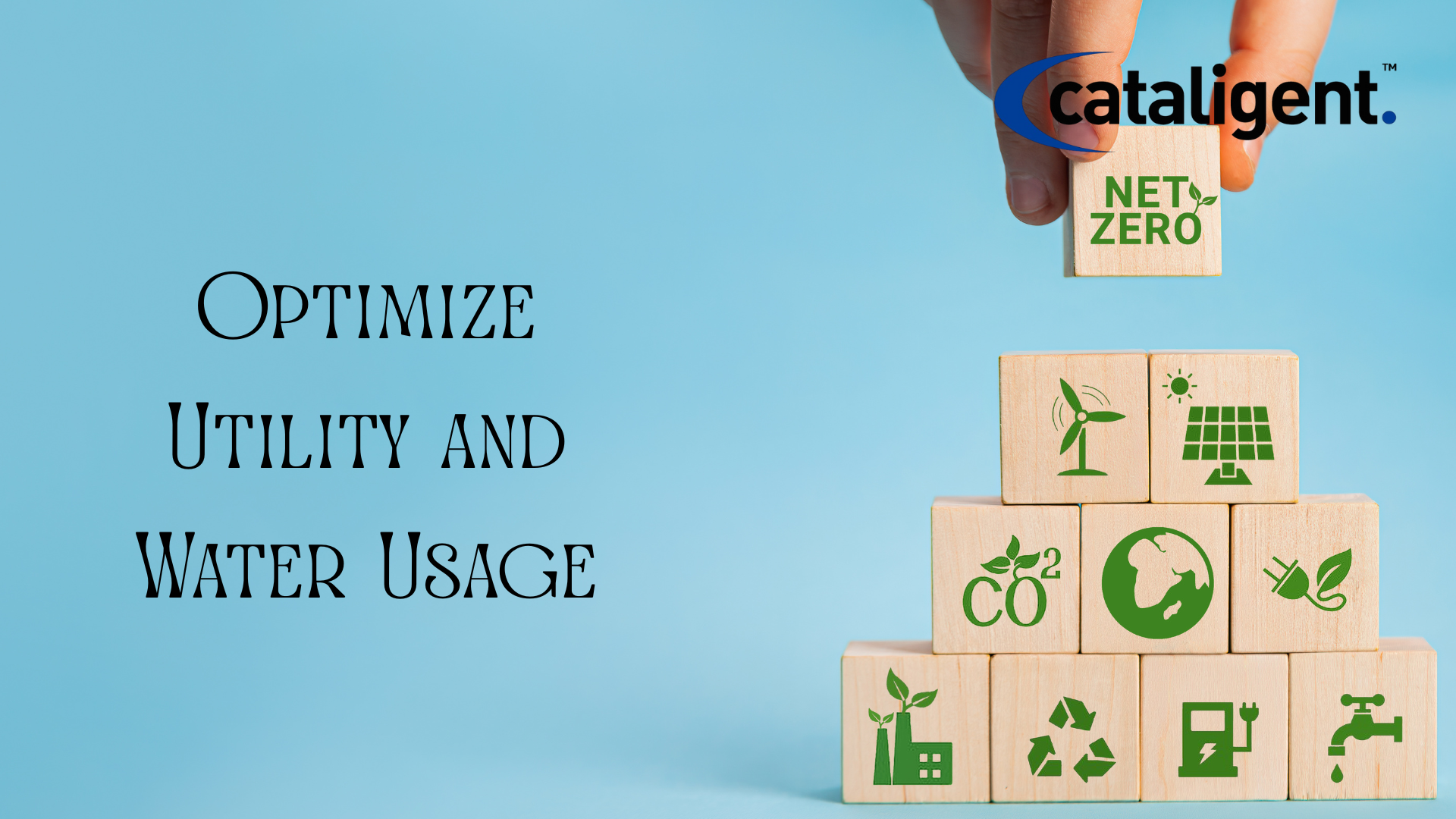Introduction
Utility and water expenses are significant operational costs for businesses. By implementing energy- and water-saving initiatives, companies can lower their bills, reduce environmental impact, and improve overall efficiency. Adopting sustainable practices not only conserves resources but also enhances corporate social responsibility.
This document explores the key aspects of optimizing utility and water usage, its cost-saving impact, and effective implementation strategies.
What Optimizing Utility and Water Usage Involves
Optimizing utility and water usage means taking deliberate steps to reduce energy and water consumption through efficiency upgrades and conservation strategies. This includes:
- Upgrading to Energy-Efficient Systems: Installing LED lighting, smart thermostats, and energy-efficient HVAC systems.
- Implementing Water-Saving Fixtures: Using low-flow faucets, toilets, and water-efficient appliances.
- Monitoring and Reducing Waste: Conducting energy and water audits to identify inefficiencies and leaks.
- Utilizing Alternative Water Sources: Implementing rainwater harvesting and greywater recycling for non-potable applications.
- Encouraging Conservation Practices: Promoting employee awareness programs and automated systems to regulate energy and water use.
Cost-Saving Impact of Optimizing Utility and Water Usage
Implementing resource-efficient strategies leads to significant financial and environmental benefits, including:
1. Lower Utility Bills
- Reducing energy consumption with LED lighting and smart automation cuts electricity costs.
- Water-efficient fixtures decrease water usage and lower monthly bills.
2. Reduced Water Waste and Unnecessary Consumption
- Fixing leaks and upgrading plumbing prevents excessive water loss.
- Rainwater harvesting and greywater systems reduce reliance on municipal water supply.
3. Improved Equipment Efficiency and Longevity
- Energy-efficient HVAC and lighting systems require less maintenance and last longer.
- Regular inspections prevent costly repairs and replacements.
4. Enhanced Environmental Sustainability
- Lower carbon footprint through reduced energy use and sustainable water practices.
- Compliance with environmental regulations and potential eligibility for green incentives.
5. Increased Corporate Reputation and Compliance
- Demonstrating commitment to sustainability enhances brand image.
- Some industries benefit from tax incentives or rebates for energy-efficient upgrades.
Implementation Strategies for Optimizing Utility and Water Usage
To maximize the benefits of energy and water optimization, businesses should follow a structured approach.
1. Conduct Energy and Water Audits
- Analyze utility bills to identify patterns of high consumption.
- Use smart meters to track real-time energy and water usage.
- Assess leaks, outdated equipment, and inefficient systems.
2. Upgrade to Energy-Efficient Equipment
- Replace incandescent bulbs with LED lighting.
- Install motion-sensor lights and smart thermostats.
- Upgrade HVAC systems to energy-efficient models.
3. Implement Water-Saving Fixtures and Practices
- Install low-flow faucets, toilets, and urinals to reduce water waste.
- Use water-efficient dishwashers and laundry systems.
- Educate employees on water conservation best practices.
4. Utilize Alternative Water Sources
- Install rainwater harvesting systems for irrigation and non-potable uses.
- Implement greywater recycling for landscaping and cooling systems.
- Use drought-resistant landscaping to minimize water needs.
5. Automate Utility Management
- Use building management systems (BMS) to monitor energy use.
- Implement automatic shut-off systems for unused equipment.
- Schedule HVAC and lighting usage based on occupancy.
6. Engage Employees in Conservation Efforts
- Provide training on energy and water-saving practices.
- Incentivize conservation habits, such as rewards for departments reducing energy usage.
- Display real-time usage data to encourage mindful consumption.
Case Studies of Successful Utility and Water Optimization
Case Study 1: A Corporate Office Cuts Energy Costs with LED Lighting
A large office building replaced all incandescent lighting with LED bulbs:
- Achieved a 40% reduction in lighting costs.
- Improved lighting quality while reducing maintenance frequency.
- Implemented motion-sensor lights in less frequently used areas.
Case Study 2: A Manufacturing Facility Reduces Water Waste
A manufacturing plant installed low-flow fixtures and a greywater recycling system:
- Cut water usage by 30%.
- Reduced dependency on municipal water sources.
- Lowered wastewater treatment costs.
Case Study 3: A Hotel Saves Costs with Smart Water and Energy Management
A hotel chain implemented smart thermostats and rainwater harvesting:
- Reduced water and electricity costs by 20%.
- Automated room temperature adjustments based on occupancy.
- Used harvested rainwater for landscaping and cooling systems.
Conclusion
Optimizing utility and water usage is a cost-effective and environmentally responsible strategy for businesses. By upgrading to energy-efficient systems, implementing water-saving practices, and leveraging alternative water sources, companies can significantly reduce operational expenses while improving sustainability.
Through careful planning, employee engagement, and the use of smart automation, businesses can enhance efficiency, lower costs, and contribute to a greener future. Investing in resource optimization today ensures long-term financial and environmental benefits for years to come.

